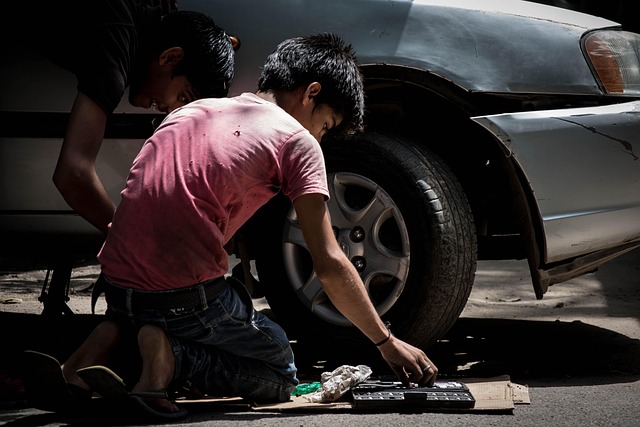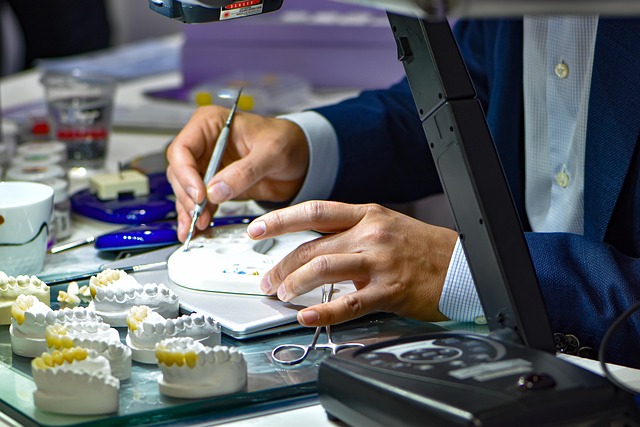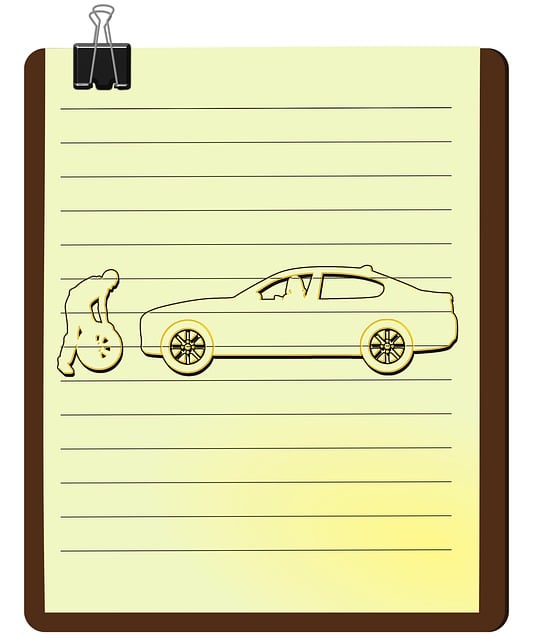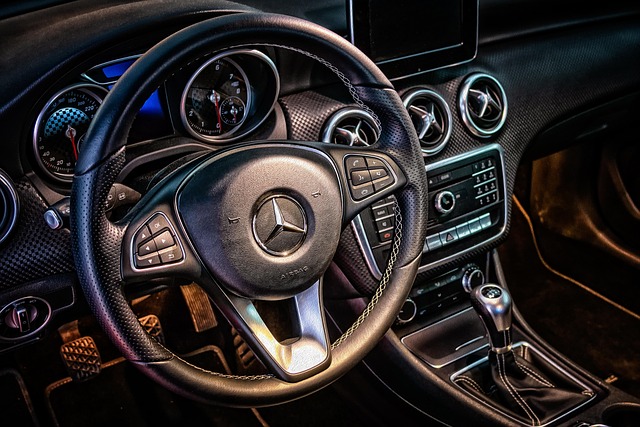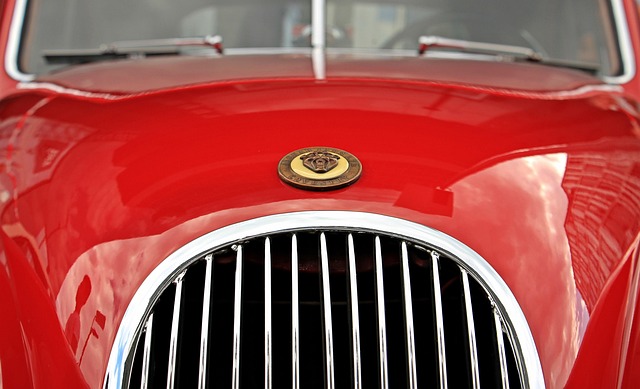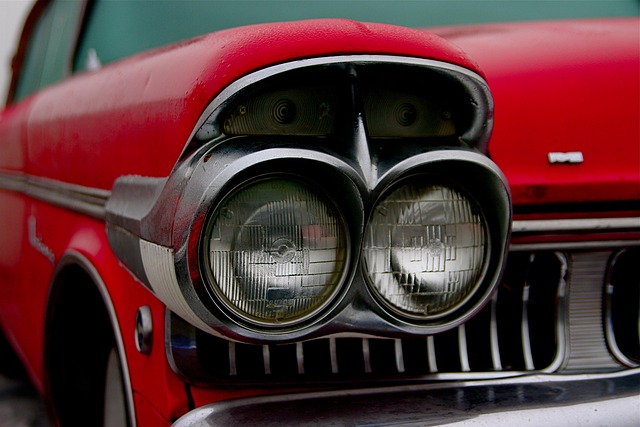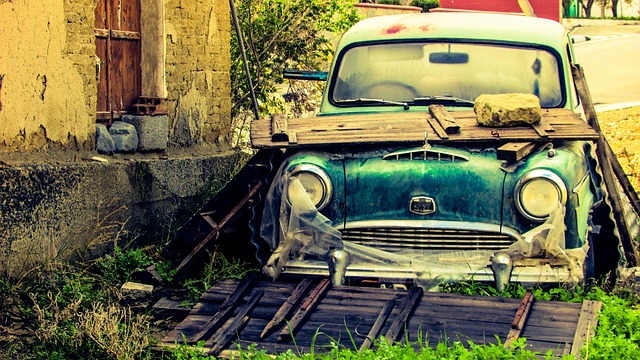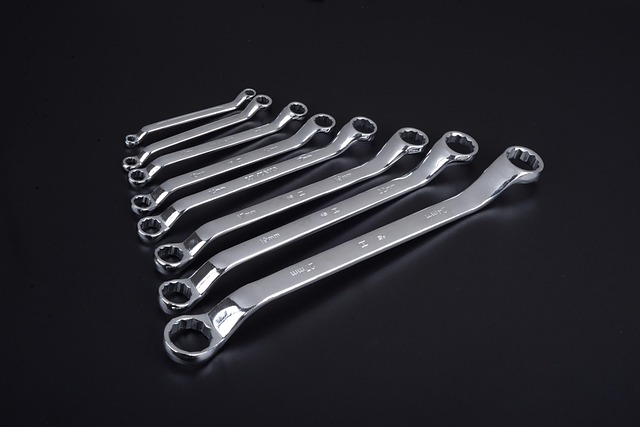Even minor car accidents can cause hidden damage to a vehicle's suspension systems, leading to escalated issues over time. Skilled mechanics at collision centers perform thorough inspections to identify and address these problems early, preventing costly future repairs. Suspension repairs are crucial for maintaining safety, handling, and ride quality, addressing components like shock absorbers, struts, control arms, and ball joints that are vital for stable and controlled movement. Proper restoration involves a comprehensive assessment and necessary replacement parts to ensure optimal vehicle condition.
Hidden Suspension Issues After Minor Collisions
Even seemingly minor car accidents can cause intricate damage to your vehicle’s suspension system. This often goes unnoticed, leading to hidden problems that can compromise safety and vehicle performance. Understanding the impact of low-speed collisions is crucial for identifying potential issues such as damaged shocks, worn bushings, or chassis deformities.
This article guides you through the process of uncovering these hidden suspension problems, offering insights into post-accident repair strategies and best practices to ensure a safe and reliable ride.
- Understanding Minor Collisions & Their Impact on Suspension Systems
- – Definition of minor collisions
- – Common types of damage caused by minor accidents
Understanding Minor Collisions & Their Impact on Suspension Systems

Minor collisions, while often dismissed as mere “bumps” or “dings,” can have a significant impact on a vehicle’s suspension systems. These seemingly insignificant incidents can lead to hidden suspension problems that go unnoticed until they escalate. Unlike major accidents, where damage is immediately apparent, minor collisions may not trigger warning lights or set off sensors, making it easy for drivers to overlook potential issues.
Suspension repair after an accident becomes crucial because even a slight misalignment or damaged component can affect handling, ride quality, and long-term vehicle safety. Over time, these hidden problems can escalate, leading to more serious and costly repairs. A visit to a collision center or car collision repair shop for thorough inspection following any collision is therefore essential to ensure the vehicle’s structural integrity and optimal performance.
– Definition of minor collisions
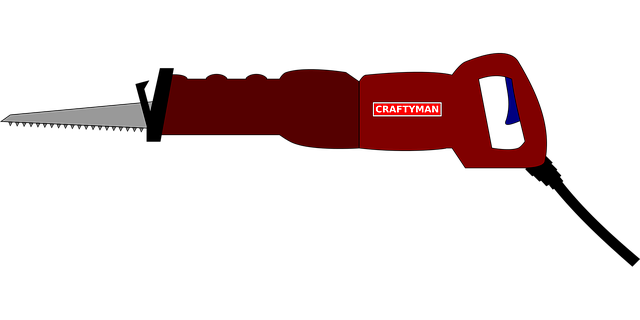
Many drivers often dismiss minor fender benders or rear-end collisions as mere inconveniences, not realizing that these seemingly insignificant incidents could lead to hidden suspension problems. A minor collision typically refers to a low-speed impact where no significant damage is visible to the vehicle’s exterior. This can include light bumps, scratches, or dents on the body panels, such as the car doors, fenders, or bumper. While auto glass repair and car paint repair might be more readily apparent following an accident, suspension repair after accident is a crucial aspect that often goes overlooked.
The truth is, even minor collisions can cause internal damage to critical components of a vehicle’s suspension system. These include shock absorbers, struts, control arms, and ball joints. A skilled mechanic would understand the importance of thoroughly inspecting these parts for signs of wear or misalignment, as they play a vital role in ensuring safe and smooth driving conditions. Unlike car body repair or even auto glass repair, suspension repairs often require specialized tools and knowledge to diagnose and fix issues that might not be immediately obvious, thus maintaining the vehicle’s overall stability and performance.
– Common types of damage caused by minor accidents
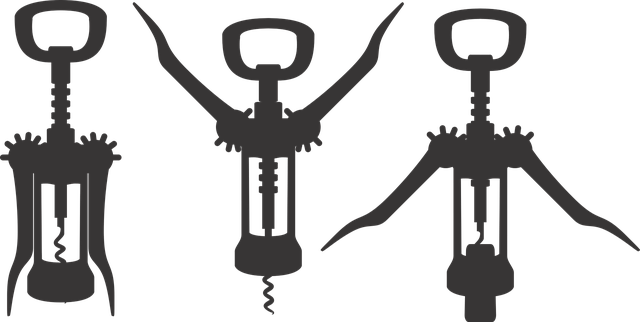
Even seemingly minor car accidents can cause significant damage to a vehicle’s suspension system, often going unnoticed by drivers. Common types of harm include bent or cracked control arms, damaged struts, and compressed or leaked shock absorbers. These components play a vital role in ensuring safe and controlled vehicle movement, making their proper functioning crucial for overall driving stability and comfort.
Many auto body services offer specialized suspension repair after accidents, focusing on both structural integrity and safety. While fender repair and other cosmetic fixes are important, addressing suspension issues is essential to prevent long-term problems like uneven tire wear, poor handling, and increased risk of future accidents. Proper vehicle restoration includes a thorough assessment and necessary replacement parts to get your car back in top condition.
Minor collisions can lead to hidden suspension problems, often going unnoticed until they escalate. Understanding the common types of damage and their potential impact is crucial for prompt suspension repair after an accident. By addressing these issues early, drivers can ensure safer driving conditions and prevent more serious, costly repairs down the line. Regular checks and informed awareness are key to maintaining a well-functioning suspension system.


